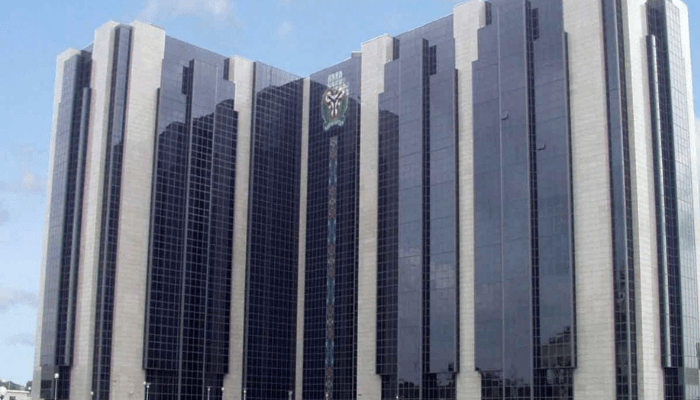
Many Nigerians find it difficult to understand the process that led to the naira dropping as much as 89 percent in less than a decade. In this article, I will aim to explain the process that led us here and why a simple provision that was added to the 2007 CBN Act by the former Governor of the Central Bank who is now the sitting Governor of Anambra, as part of his series of reforms post recapitalization of the Nigerian Banking system, renegotiation of Nigeria’s External Debt with the Paris & London group of Creditors, has turned out to be a curse more than a blessing that it was meant to be.
Prior to 2015, Nigeria had operated a fixed peg in its exchange rate mechanism that restricted movement in its currency to +/- 3 naira intra-day (within a particular trading day). Nigeria had an abundance of Excess Crude Earnings (that the leadership of the Nigerian Governors Forum refused to collapse into the just established sovereign wealth fund, and preferred to share across the federating units like small children eager to devour the chocolate their daddy got for them on his way back from work), the state national oil corporation was remitting about $3bn per month from oil receipts with the daily production volumes at between 2.2-2.5m barrels. NNPC as a holder of Nigeria’s 49 percent in the Joint Venture it formed to liquefy and export methane gas, and propane to Europe, returned about $3bn per annum in dividends and taxes to the government.
Source: Business Day








